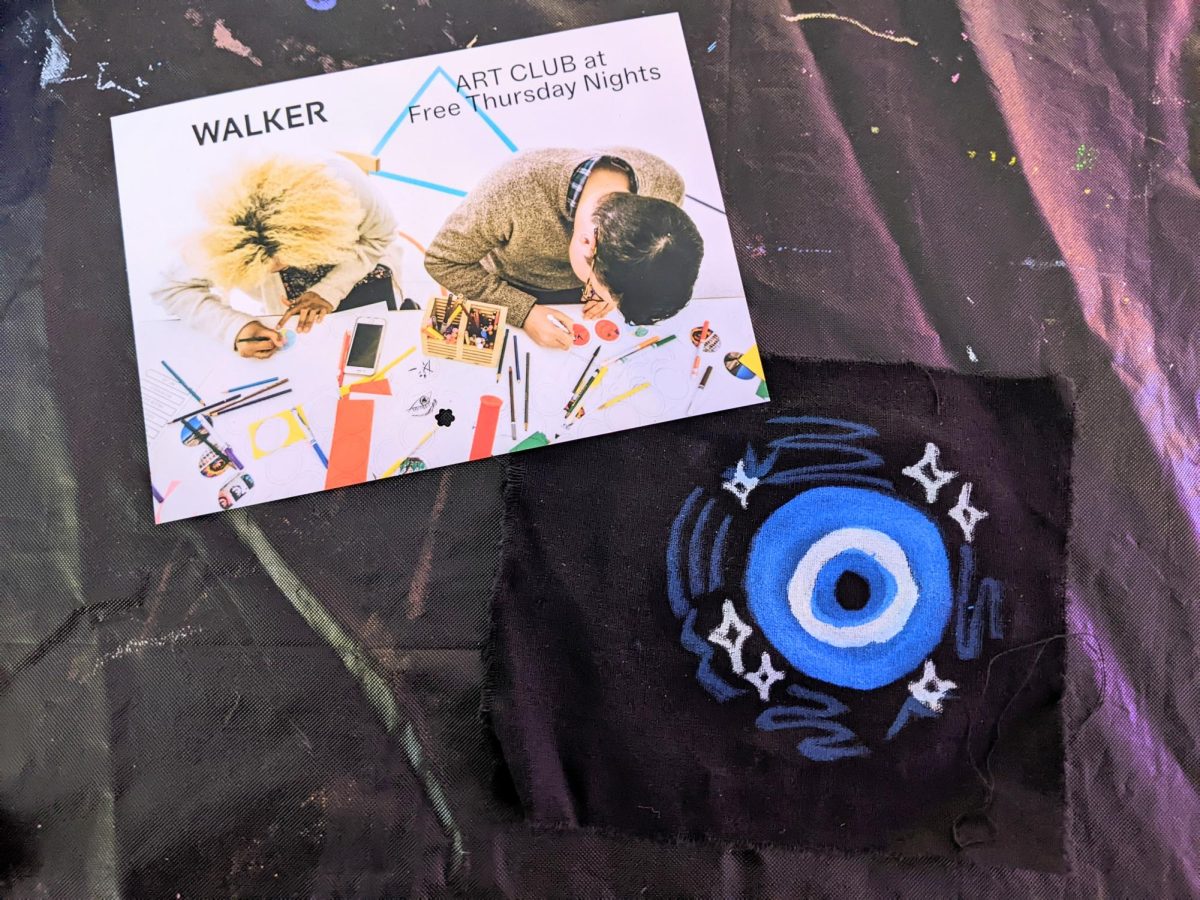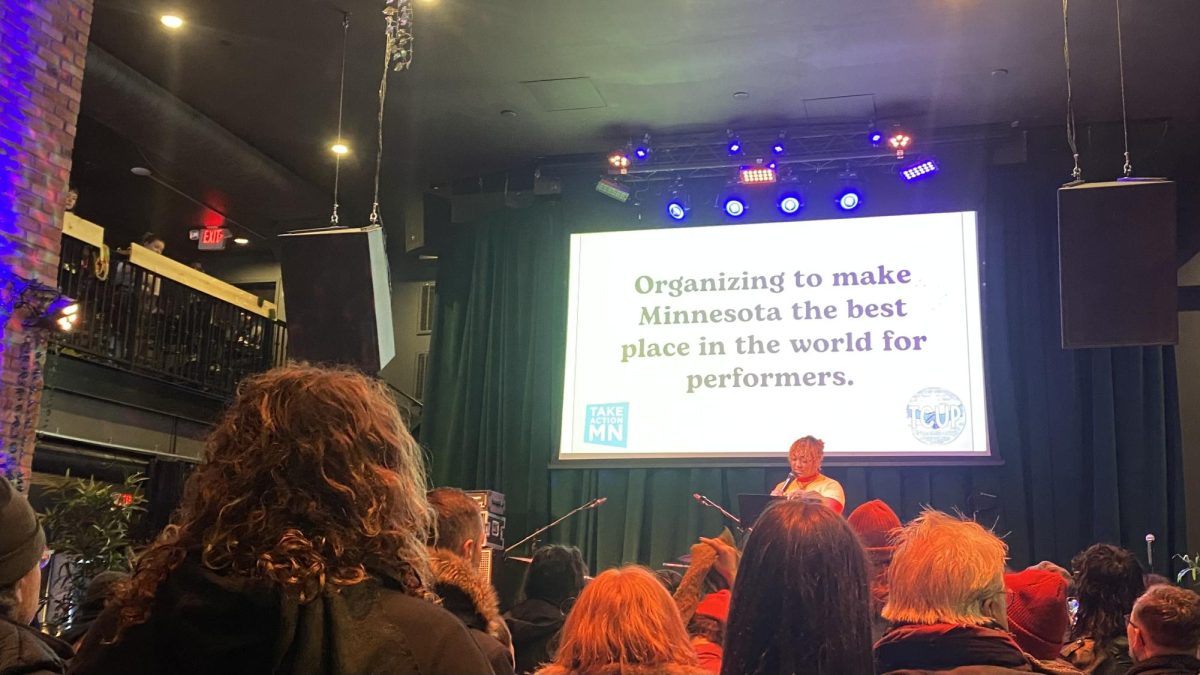Eric Dregni knows the Midwest at its most peculiar.
A Master of Fine Arts student in the creative writing program for nonfiction at the University, Dregni has spent several years traveling around Minnesota, Wisconsin, Iowa and the Dakotas in search of the abnormal monuments that seem unique to the region.
Everything from Brainerd’s talking Paul Bunyan to Burlington, Iowa’s Snake Alley finds a home in Dregni’s new book, “Midwest Marvels,” a sort of expanded concept from his 2001 title “Minnesota Marvels,” also printed by the University of Minnesota Press.
Like many in flyover country, Dregni grew up and shipped out – spending several years overseas in Europe before returning stateside. While there, he told people about the strange spectacles in his home state and was surprised at the awe they inspired.
“I just thought this is how it is – this is how it is anywhere,” he said. “You realize that this is strange.”
Of course, for the purposes of the book, Dregni had to define the borders of the Midwest. As a Minnesota native, he stuck to his home state and the states that border it.
“I grew up in Minnesota. This is what I always considered the Midwest,” he said.
Each entry in Dregni’s book – there are more than 100 featured – has a photograph and brief description, and also some anecdotal humor and commentary.
When describing the two-story outhouse in Belle Plaine, he includes historical tidbits about the water closet in England and its counterpart in the United States – even the possible origin of the crescent-moon carving on the door.
Many of the marvels are mini history lessons about the towns in which they lie. This is especially so for many communities that tie much of their identities to their peculiarities, some even hosting annual festivals around them. The town of Riverside, Iowa, which named itself the future birthplace of Star Trek’s Capt. James T. Kirk, for instance, has (of course) Trek Fest every year.
Dregni said the marvels themselves vary by state, with Wisconsin laying claim to the more absurd.
“In Iowa, they aren’t the outrageous ones. They’re tasteful,” he said. “Once you get toward the plains, there’s this tendency for people to want to build something big and show that they were there.”
But the author has gained a respect for many of the creators of these oddities. One part of the book he most enjoyed was meeting the eccentric artists who sculpted some of the marvels and hearing of the struggles they’ve faced with their neighbors.
Wayne Porter’s sculpture park in Montrose, S.D., for example, has his neighbors calling him a “satanic pornographer.” One of Porter’s sculptures features a large yellow hand with a nail in its palm, holding a butterfly.
But ridicule has turned to reverence before. Dregni explains that in Darwin, Francis Johnson was considered a kook when he rolled a giant ball of twine into his front yard. Then Guinness World Records named it the largest ball of twine, and now it’s the town symbol and the central attraction of Twine Ball Days each year.
As a graduate instructor, Dregni often is amused at his Midwestern students’ reluctance to tell about their hometowns’ quirks.
“They know about it, but they don’t see it as interesting. They see it as sort of embarrassing, but it’s uniquely Midwestern,” he said. “We can’t be proud of having the Colosseum or the Eiffel Tower, but we can be proud of a talking Paul Bunyan.”







